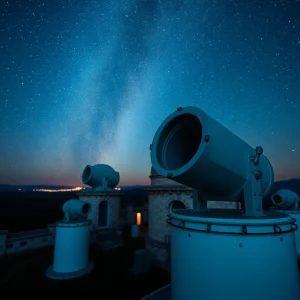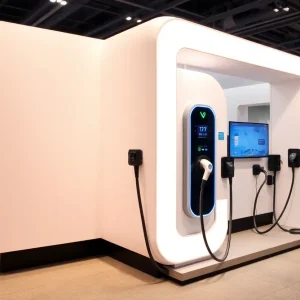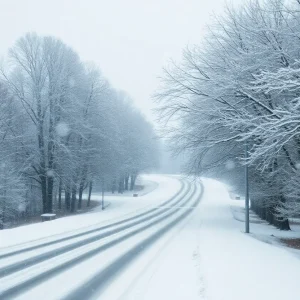Northern Lights Alert: Aurora Borealis May Be Visible Tonight In These States
The stunning wonder of the Northern Lights, otherwise known as Aurora Borealis, may be visible tonight in various U.S. states, according to the National Oceanic and Atmospheric Administration (NOAA). This comes after the detection of solar eruptions over the weekend that are predicted to cause geomagnetic storms this week.
What Led to This Prediction?
The NOAA issued a G2 geomagnetic storm watch for Tuesday, pointing towards the possibility of the Northern Lights being visible in several continental U.S. states. The prediction follows a solar filament eruption, which is when cooler regions of the sun become active, leading to coronal mass ejections or eruptions of solar material. These ejections exited the sun early Sunday morning, and it’s anticipated that these aurora-causing CMEs will reach Earth by Tuesday. However, the Northern Lights may be seen in some U.S. states as early as Monday night.
The Phenomenal Sun’s Activity
Solar activity has been unusually busy in recent months as the sun’s 11-year solar cycle approaches its anticipated peak between late 2024 and early 2026. Sunspots, cooler areas on the sun’s surface that appear dark, are expected to intensify over the next year, likely triggering more geomagnetic storms. This results in a grand celestial show as the solar blasts interact with Earth’s magnetic field, painting the sky with an array of vibrant colors.
Where Can You Witness The Northern Lights Tonight?
Although it’s hard to pinpoint the exact locations, NOAA predicts that Monday night’s Northern Lights may be the most visible in Canada and Alaska. Included in the aurora’s view line are a number of continental U.S. states such as Washington, North Dakota, South Dakota, Minnesota, Wisconsin, Michigan, Maine, and the northernmost parts of New York.
Sighting And Capturing The Northern Lights
The Northern Lights are typically the most active between 10 p.m. and 2 a.m. To get the best views, it is advised to travel as close to the poles as possible, avoid city lights and other sources of light pollution, monitor weather forecasts for prime viewing conditions, and position yourself from a vantage point like a hilltop.
To photograph the Northern Lights, even smartphone cameras can perform exceptionally well. They are sensitive enough to capture the aurora, even when it’s invisible to the naked eye. Using the night mode can significantly increase the camera’s exposure, thereby improving the chances of getting a good shot.
Solar Cycle And Its Impacts
Solar Cycle 25—the sun’s 11-year cyclical change—has been responsible for geomagnetic storms resulting in recent sightings of the Northern Lights. While the cycle began in Dec. 2019, it is set to reach its maximum between late 2024 and early 2026 when sunspot activity is expected to peak. This means more geomagnetic storms could be on the horizon, leading to more spectacular shows of the Northern Lights, although predicting the exact timing of these storms remains a challenge for scientists.
Some Interesting Numbers
NOAA records registered approximately 299 sunspots on August 8, marking it as the highest sunspot number since Solar Cycle 25 began; this is also the highest number recorded since at least July 2002. Hence, it can be anticipated with a fair degree of certainty that we will witness more Northern Light events leading up to 2026.
Follow us for more updates on celestial events.



























